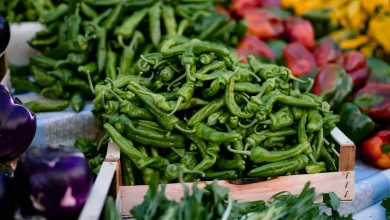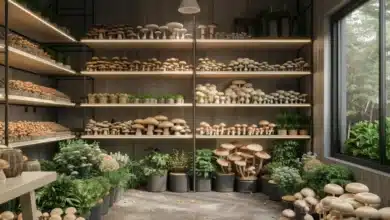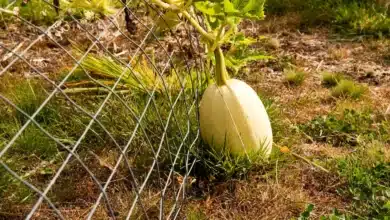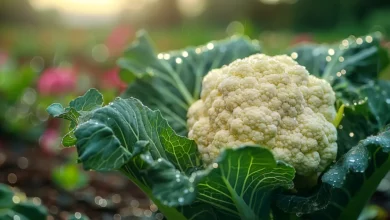Top Gardening Tools
Top Gardening Tools: Essentials for Beginners
It is an exciting journey to start a garden, but it requires more than the right soil and plants. The right gardening tools are essential for beginners. It’s easy for you to become engrossed in selecting the right flowers, shrubs or vegetables to plant in your garden. However, don’t forget the tools that will be needed to maintain these plants. The right tools will make gardening easier, save time and ensure that your plants are healthy and strong.
While not all tools are essential, certain pieces of equipment make a big difference in gardening. Explore some essential gardening equipment that will get you started and help your plants to stay healthy.
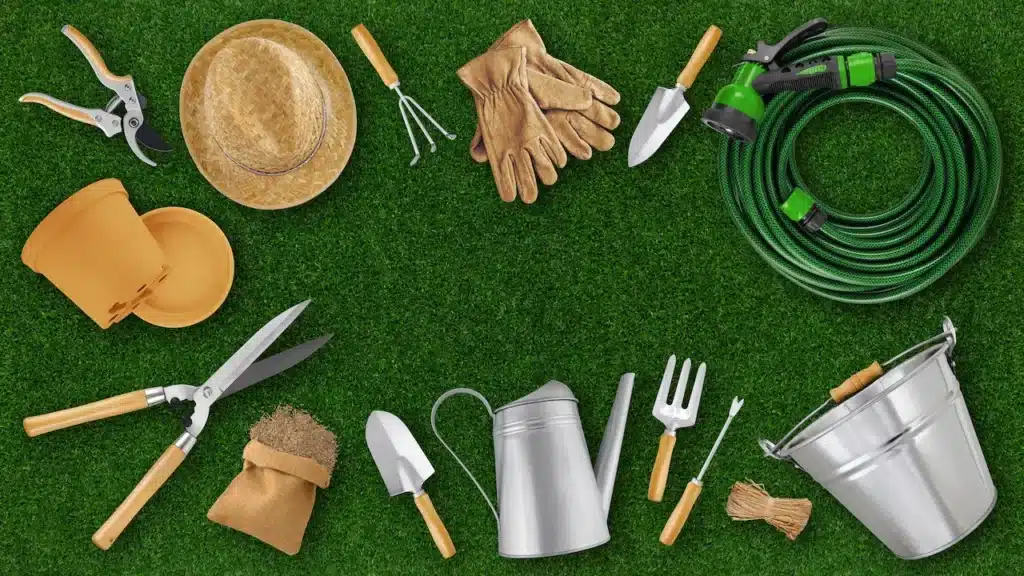
1. Watering cans are essential for healthy plants.
The right watering can will allow you to water your plants efficiently without wasting water. Watering cans are designed to deliver water precisely, preventing soil erosion and overwatering.
Watering Cans Types
- Metal Watering Cans: These are long-lasting and durable, so they’re a good investment for gardeners looking to invest in a tool that will last a lifetime. They are heavy and prone to corrosion, so proper storage and care are required.
- Plastic Watering Cans: Lightweight and easy to maneuver, these plastic cans come in many sizes and are less expensive. They can, however, degrade and leach chemicals in the water. This could be harmful to your plants, particularly edible ones.
Tip If you need to reach areas that are difficult to access, choose a watering container with a long thin spout. You can water pots in corners, hanging baskets or pots hidden in corners without worrying about spilling water. For versatility, look for models with removable spouts.
2. Choose the right container for your pots
Pots play a crucial role in container gardening. If you are growing vegetables, flowers, herbs or both, selecting the right pot will ensure proper drainage and healthy root growth. The right pot allows your plants to grow and drain excess water.
Key Features to Consider
- Drainage: Always check that the pot you are using has drainage holes. Water will collect at the bottom of the pot without proper drainage. This can lead to root rot.
- Porosity: Some materials, such as terracotta clay and wood, allow air to pass into the container. This keeps the soil cool and aerated. These pots allow air to pass through the container, keeping soil cool and well-aerated.
- Weight: The pot’s weight is important, especially if the plant will be moved around. While heavy pots are ideal for plants outdoors in areas that receive a lot of sunlight, they can be hard to move in tight spaces or inside. Plastic pots that are lightweight and portable may be great for portability but they might not hold up well in windy conditions.
Tip: Choose lightweight pots that have good drainage for indoor plants. If you want to keep your outdoor plants in the same place, heavier pots will provide stability and help prevent them from tipping.
3. Keep Things Orderly with Trays and Saucers
Trays or saucers are shallow dishes that catch the excess water that drains from potted plants. They are particularly important for indoor plants as they stop water from leaking onto floors or furniture. These also maintain the beauty of your garden, by preventing soil and spills.
Key Considerations:
- Size: Make sure the saucer has enough room to hold all the excess water, without being too large or narrow.
- Material: Typically, sauces are made from plastic, ceramic or metal. Select a material to match the aesthetics of your garden or home, but make sure that it is durable and easy to clean.
Tip: If you own a decorative pot, you can elevate it by placing small pebbles or stones in the saucer. This will enhance the appearance and allow the water to drain easily.
4. Garden Gloves: Protecting Your Hands
Gardening is a dirty and messy job. It often involves handling rough material that can cause cuts, blisters or dirt under the nails. Good gardening gloves will protect your hands while allowing you to work comfortably.
Features to Look for:
For tasks such as pruning or digging, look for gloves that are made from thick, durable materials, like rubber or leather.
- Comfort: Select gloves that are comfortable and that allow you to easily move your fingers. If they are too tight, they will limit your movements; if they are too loose, they will be uncomfortable.
- Breathability Materials like cotton and knits are perfect for hotter weather as they will keep your hands dry and cool.
Tip: Buy gloves that are suitable for the task. Use thicker gloves when doing heavy work, such as handling thorny or tough plants, or digging. Lighter gloves are best for general tasks like weeding and potting.
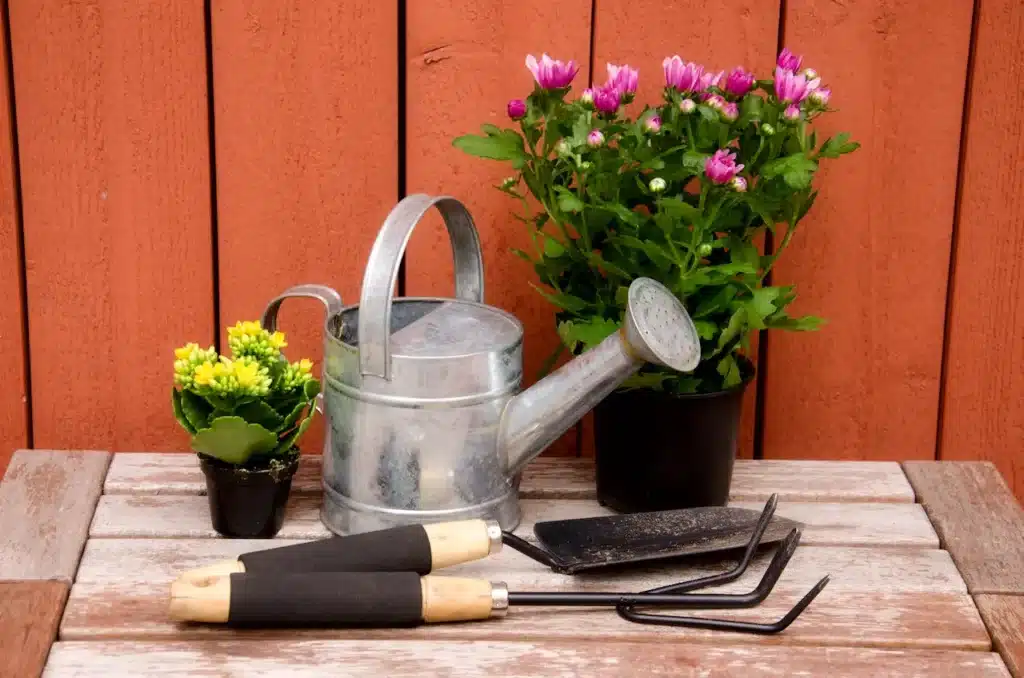
5. Mini Spade and Trowel: Precision Digging
For small-scale planting and digging, a hand-held trowel or spade is essential. These tools are ideal for moving soil and transplanting seeds. These tools are small enough for precise work in tight spaces and around delicate plants.
Features to Look for:
Sharp blade: With a pointed blade, you can dig easily into the soil without much effort.
For a comfortable grip during extended use, choose a trowel that has an ergonomic handle. This will reduce hand fatigue.
When planting seeds or bulbs, a trowel with measurements on the blade is a great tool to help you get the right depth.
6. Mist Spray: Keeping Plants Hydrated and Healthy
A mist bottle is perfect for spraying a fine mist on delicate plants. This is especially true of indoor plants which prefer higher levels of humidity. The misting helps to keep the leaves clean, and it can also be used to spray insecticidal products like neem.
Features to Look for:
The adjustable nozzle allows you to adjust the water flow, depending on whether you want a fine mist or more of a strong spray.
Large reservoir: With a larger spray bottle, you can cover a greater area without having to refill it as often.
Tip: Misting your plants regularly can prevent dry spots and create an environment more humid for tropical plants such as ferns and orchids. Avoid over-wetting your soil as this can cause waterlogging.
7. Pruning Shears: Maintaining Healthy Plants
Pruning secateurs are needed to cut back overgrown plants, deadhead flowers, or remove damaged stems. Regular pruning encourages healthy growth by removing diseased or dead plant material.
Features to Look for:
Bypass blades are shears with two sharp blades that pass over each other like scissors. This allows for a clean, precise cut. These shears are perfect for cutting live plants.
Ergonomic Handle: Pruning Shears are used over long periods, so an ergonomic grip helps reduce hand fatigue.
To prevent disease, and to ensure clean and precise cuts, make sure you clean and sharpen the shears regularly.
8. Garden Rake: Gathering Debris and Leveling Soil
Why it’s essential: A garden rake is necessary for tasks such as levelling soil, collecting fallen leaves or spreading mulch. Rakes are essential for maintaining a tidy and well-maintained garden. They also ensure the soil is prepared properly for planting.
Features to Look for:
- Tine strength: Select a rake that has strong, durable tines capable of handling tough soil and heavy debris. Flexible tines work well for delicate, light jobs such as collecting leaves.
- Handle length: Look for a rake that has a long handle. This will give you more leverage to work without having to bend over.
Tip: Before planting seeds or spreading mulch on the ground, use a rake. This will help create a level surface that promotes the healthy growth of plants.
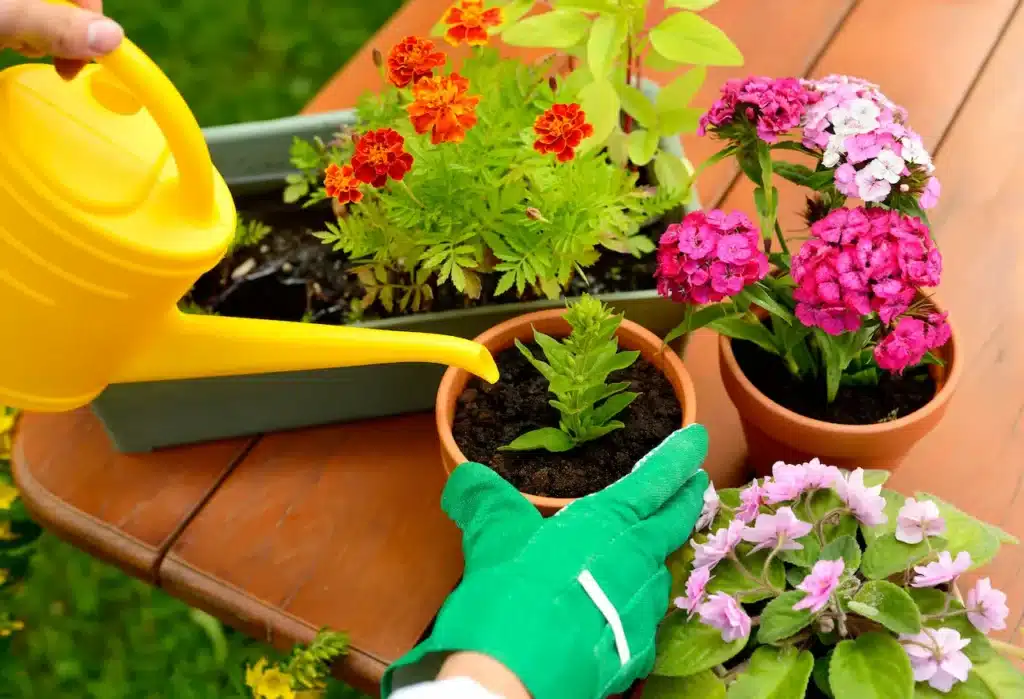
9. Trellis and Plant Supports for Climbing Plants
Plant supports are vital for gardeners who grow climbing plants such as peas or tomatoes. Trellises and stakes help your plants grow and reduce the risk of disease caused by plants that are lying on the floor.
Features to Look for:
- Sturdiness Select sturdy trellises, made from wood, metal or bamboo depending on the size plant that you are supporting.
- Height & Width: Make sure that the trellis you choose is tall enough to hold the plant while it grows, and wide enough for the leaves and stems to spread.
Install trellises as early as possible in the growing period to avoid damaging plant roots.
10. Soil Moisture Meter: Monitoring Your Soil’s Health
Why it’s Important: Overwatering or Underwatering can cause health problems. You can measure soil moisture with a soil moisture meter to ensure your plants get the right amount of water.
Tip: Before watering, use a moisture meter. This will help you to avoid over-watering which can cause root rot or other problems, especially for plants that like dry soil.
Conclusion
The right tools are essential to a successful hobby. If you are a novice or a seasoned gardener, quality tools will help maintain a healthy and thriving garden.
Each tool, from watering cans to pruning shears, pots to trowels plays an important role in caring for your plants. Equip yourself with these essential gardening tools and you will find that gardening is easier, more efficient, as well as more enjoyable. Happy gardening!

